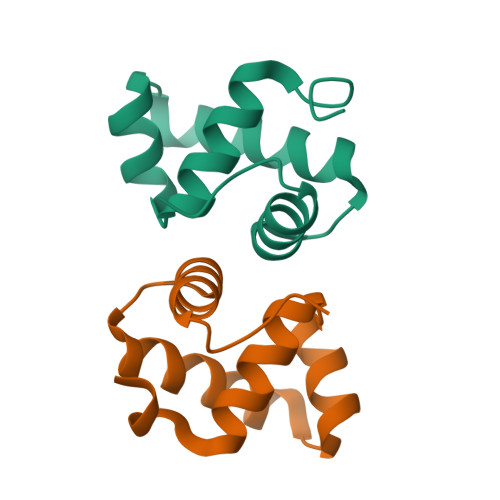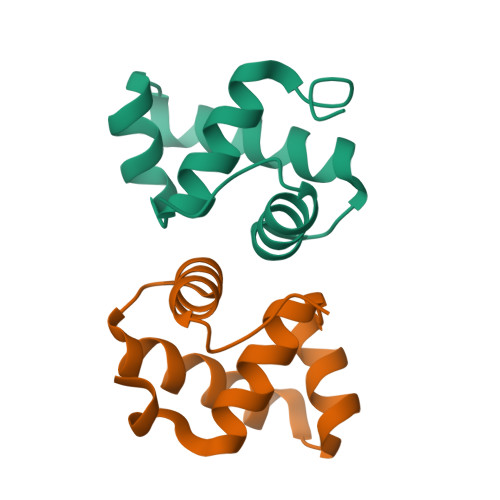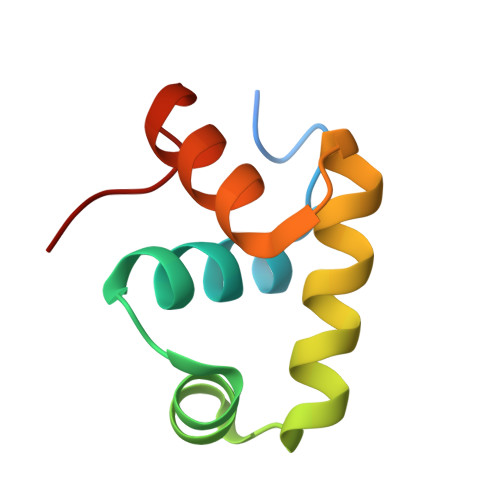Structural and biochemical analyses of the flagellar expression regulator DegU from Listeria monocytogenes.
Oh, H.B., Lee, S.J., Yoon, S.I.(2022) Sci Rep 12: 10856-10856
- PubMed: 35798759
- DOI: https://doi.org/10.1038/s41598-022-14459-5
- Primary Citation of Related Structures:
7X1K - PubMed Abstract:
Listeria monocytogenes is a pathogenic bacterium that produces flagella, the locomotory organelles, in a temperature-dependent manner. At 37 °C inside humans, L. monocytogenes employs MogR to repress the expression of flagellar proteins, thereby preventing the production of flagella. However, in the low-temperature environment outside of the host, the antirepressor GmaR inactivates MogR, allowing flagellar formation. Additionally, DegU is necessary for flagellar expression at low temperatures. DegU transcriptionally activates the expression of GmaR and flagellar proteins by binding the operator DNA in the fliN-gmaR promoter as a response regulator of a two-component regulatory system. To determine the DegU-mediated regulation mechanism, we performed structural and biochemical analyses on the recognition of operator DNA by DegU. The DegU-DNA interaction is primarily mediated by a C-terminal DNA-binding domain (DBD) and can be fortified by an N-terminal receiver domain (RD). The DegU DBD adopts a tetrahelical helix-turn-helix structure and assembles into a dimer. The DegU DBD dimer recognizes the operator DNA using a positive patch. Unexpectedly, unlike typical response regulators, DegU interacts with operator DNA in both unphosphorylated and phosphorylated states with similar binding affinities. Therefore, we conclude that DegU is a noncanonical response regulator that is constitutively active irrespective of phosphorylation.
Organizational Affiliation:
Division of Biomedical Convergence, College of Biomedical Science, Kangwon National University, 1 Kangwondaehak-gil, Biomedical Science Building A-204, Chuncheon, 24341, Republic of Korea.
















